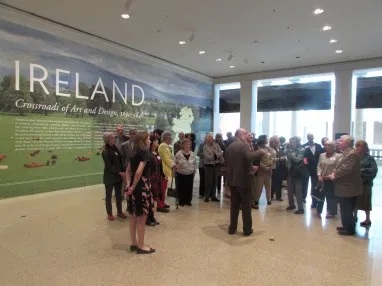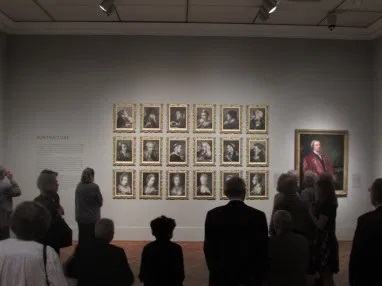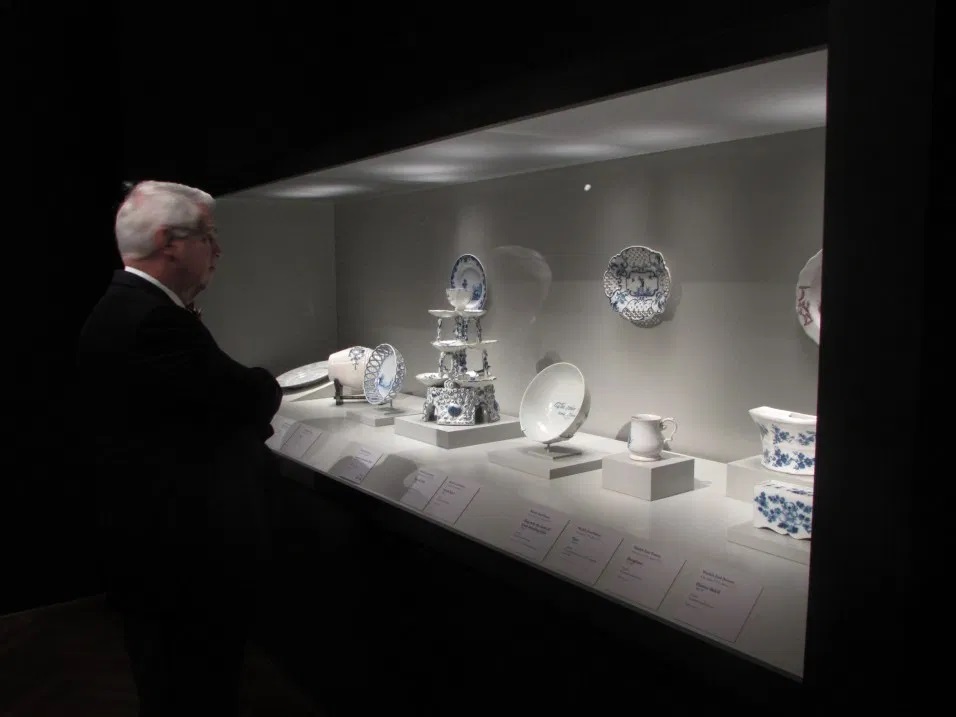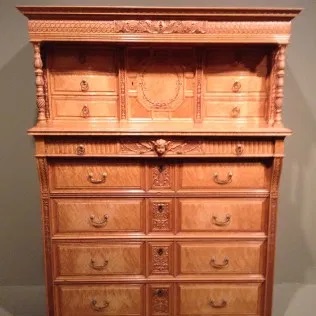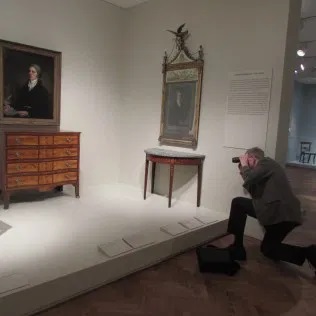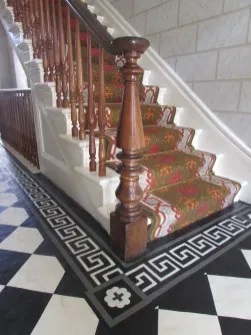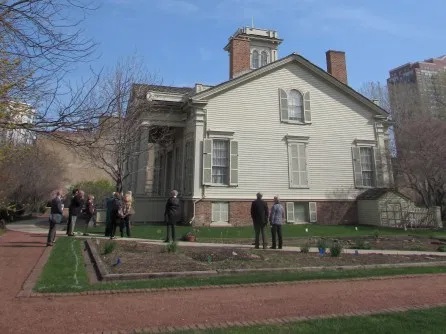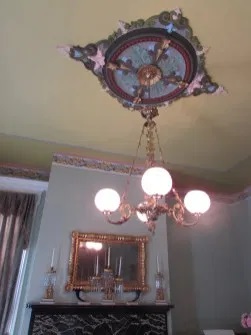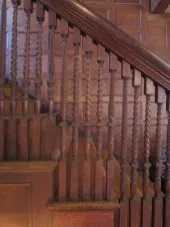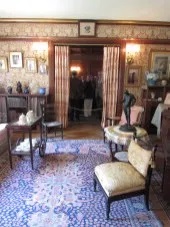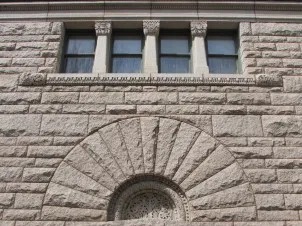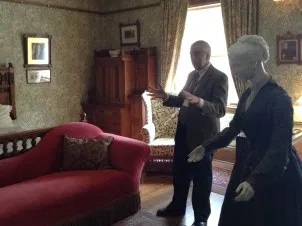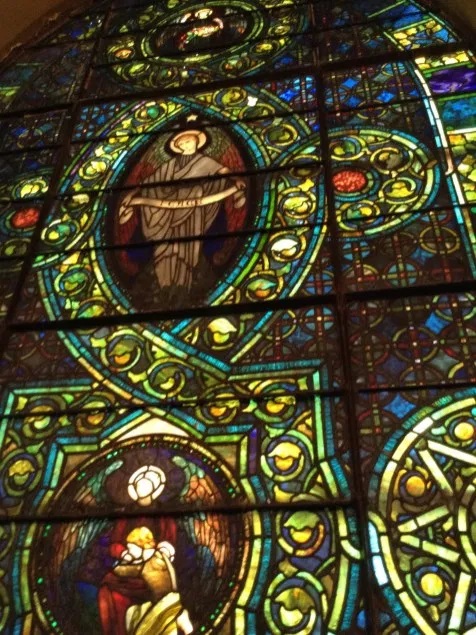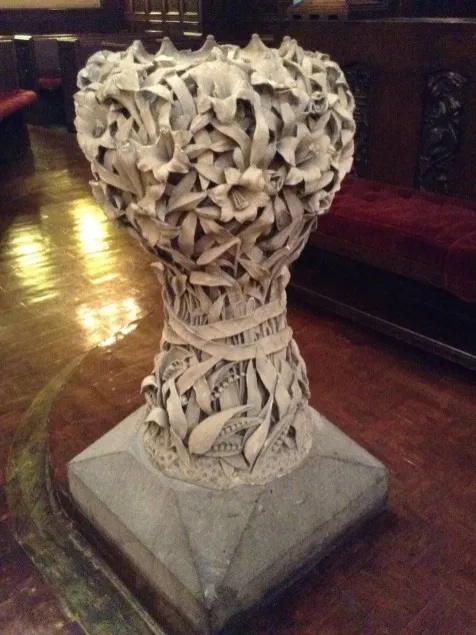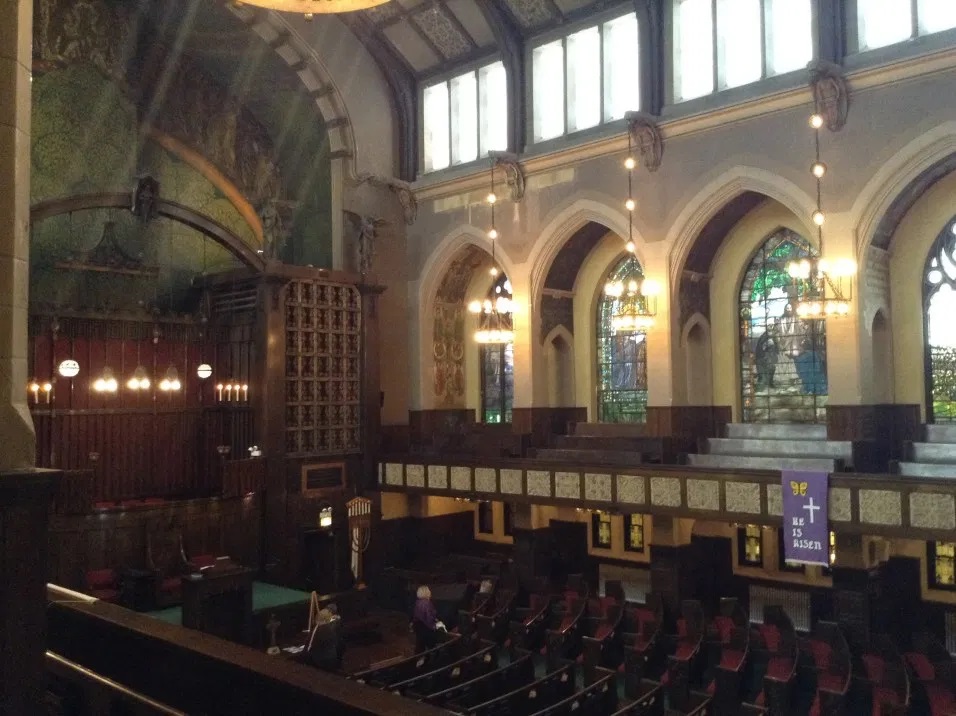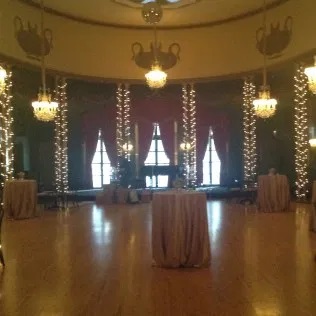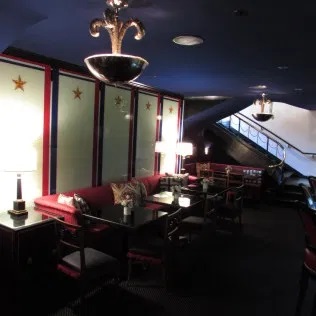The Decorative Arts Trust in Chicago

The Chicago Skyline from Navy Pier
As a graduate student, I attended my fair share of symposia… perhaps more than I care to remember. PowerPoint satiation aside, I jumped at the chance to attend the Decorative Arts Trust spring symposium to Chicago as a scholarship recipient in hope of a bit of sightseeing in addition to the official schedule. While I managed to keep my footing against the city’s infamous breeze, I ended up being blown away by the sheer enthusiasm of the Trust members and my fellow scholarship participants. With the possible exception of a sporting event, I don’t think I have ever been around that many people so passionate about a shared purpose.
Chicago is a town of many names: “The Windy City,” “The Second City,” “Chi-Town,” and even “The Big Onion.” For members of the Decorative Arts Trust, the only name that could adequately capture all that we saw, bringing together art and collections that suited every taste, was “Fantastic.” The weekend was a great reintroduction to the city where I spent the first few months of my life but an even better introduction to the mission and members of the Trust.
When I got to Chicago Thursday morning, some members were enjoying what was by all accounts a fabulous tour of Crab Tree Farm north of the city. I took the opportunity to orient myself with a river tour of the city’s architecture. In one hour, I enjoyed an excellent review of a semester’s worth of architectural history, and enjoyed the ability to crane my neck for some skyscraper gawking without the worry of running afoul of a passing motorist.
The formal commencement of the symposium took place at the Fortnightly Club. After the reception, Christopher Monkhouse, the Eloise W. Martin Curator of European Decorative Arts at the Art Institute of Chicago, gave the keynote lecture on the ideas and development of the exhibition Ireland: Crossroads of Art and Design.” Even the best museum exhibits can only begin to do justice to the full history and complexity of their constituent objects. Mr. Monkhouse took the opportunity to relate a bit about the lives of some of the exhibit’s key pieces between their creation and appearance in the show, with particular focus on the artistic and artisan women of Ireland. That so many of them can now be found in American collections is a testament to the skill and popularity of Irish craftspeople, despite the difficult circumstances many of them faced.
With the lecture still fresh on my mind, Friday’s tour of the Art Institute of Chicago, including a behind-the-scenes look at the Irish show with Mr. Monkhouse and his associate Leslie Fitzpatrick, gave me the chance to look closely not just at the objects on display, but the techniques these two experienced professionals had developed to better convey the exhibit’s storyline. One of the highlights for me was the musical instruments gallery, whose emerald green Irish harp became the show’s iconic object. A soundtrack of traditional Irish music and specially commissioned pieces inspired by objects in the exhibition added a welcome bit of flair to that gallery. While music in museums may not be everyone’s cup of tea, I enjoyed it enough to look for it in the gift shop afterwards (where it was naturally available), and have enjoyed many hours of listening pleasure on subsequent commutes, always fondly recalling the exhibit.
Of course, the AIC’s permanent collection dwarfs even a sizeable show such as this, and I felt fortunate that curators were on-hand to give mini-tours of highlights of the American collection of decorative arts and paintings, including wonderful pieces made right in Chicago, some of which made an encore appearance during Monica Obniski’s lecture later that afternoon.
A quick dash across Michigan Avenue (one does not stroll across Chicago streets, even in the crosswalk) took the group to the University Club for an excellent lunch and the afternoon lectures. In addition to Ms. Obniski’s aforementioned talk, her colleague Annelise Madsen brought together elements of the decorative and fine arts with a lecture on the portrayals of food and food culture in American painting. By contrast, Jonathan Tavares’ history of the AIC’s collection of arms and armor brought back personal memories of many visits paid to the armor courts during museum visits past. As any parents raising sons can tell you, those are by far the most popular destinations for the under-10 male demographic.
Saturday morning brought the Trust to the Prairie Avenue district for an introduction to local architecture. Dating from 1836, the Henry B. Clarke House isn’t particularly old, even by American standards, but as the oldest surviving structure in the city, and a rare survivor of the fire of 1871, it serves as a testament to early life and ambitions in a fast-growing city.
For some fortunate citizens, including John J. Glessner and his family, these ambitions came true. The Glessner House was designed by the leading American architect of the day, H.H. Richardson. Despite later serving as an office for the American Institute of Architects and a printing office for the Lithographic Technical Foundation, many of the original family furnishings have been returned, and ongoing research by the staff, headed by William Tyre, has helped to restore many parts of the house to original condition. For fans of the Arts and Crafts style, Chicago’s Second Presbyterian Church became a wonderland of original murals and carpets, fine woodwork, and church windows by Tiffany Studios and William Morris & Company.
The afternoon’s lectures took place in what may possibly be the most striking interiors the Trust has encountered on American soil, and certainly some of the most unique I’ve ever seen. The Casino (which, despite its name, houses no gambling) is a time capsule from the 1920s and welcomed members with its spunky interiors designed by Rue Winterbotham Carpenter. Lunch and lectures took place in the Casino’s oval ballroom, and we enjoyed further histories of H.H. Richardson presented by John Waters and Isaac Scott, the furniture maker employed by the Glessners and a research interest of William Tyre..
Sunday morning took the Trust’s focus into the modern era, with back-to-back lectures by Diane Dillon and Jason Busch on the history and objects associated with world’s fairs in the 19th and 20th centuries. These international expositions highlighted the best of technology, design, and culture. Although not all of the objects on display proved feasible for everyday use by a wide swath of the population, the ideas advanced often found their way into popular design vocabularies.
As a Dewey Lee Curtis scholarship recipient, I was so grateful for the opportunity to see fantastic sites and mingle with colleagues, fellow enthusiasts, and well-known names in the field. I’m also happy to report that it won’t be my last attendance at a Trust event. As the new Membership Coordinator, I am looking forward to coming to future symposia, and hope to be gradually introducing new and exciting topics to the blog in the coming months.
About The Decorative Arts Trust Bulletin
Formerly known as the "blog,” the Bulletin features new research and scholarship, travelogues, book reviews, and museum and gallery exhibitions. The Bulletin complements The Magazine of the Decorative Arts Trust, our biannual members publication.










